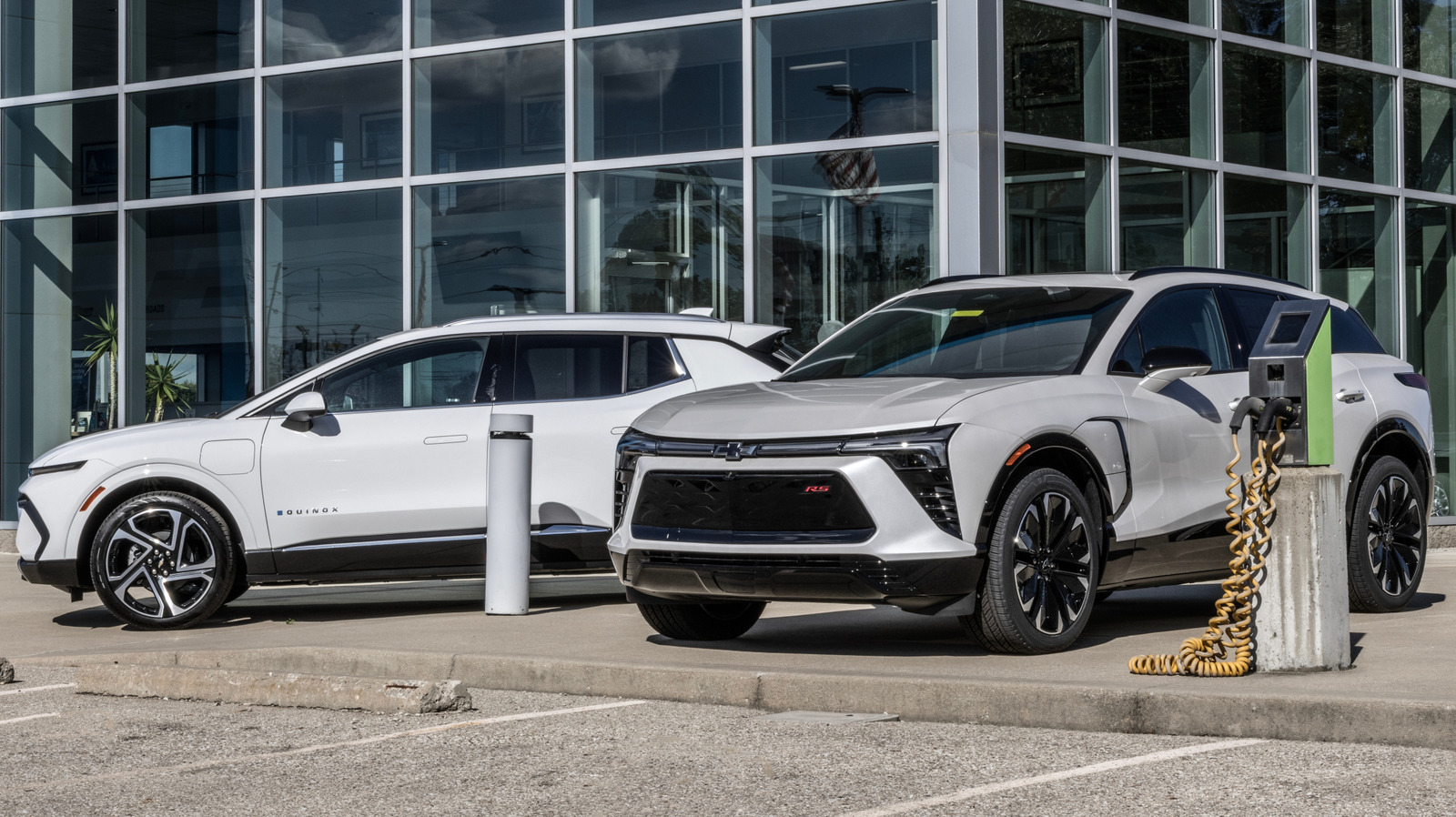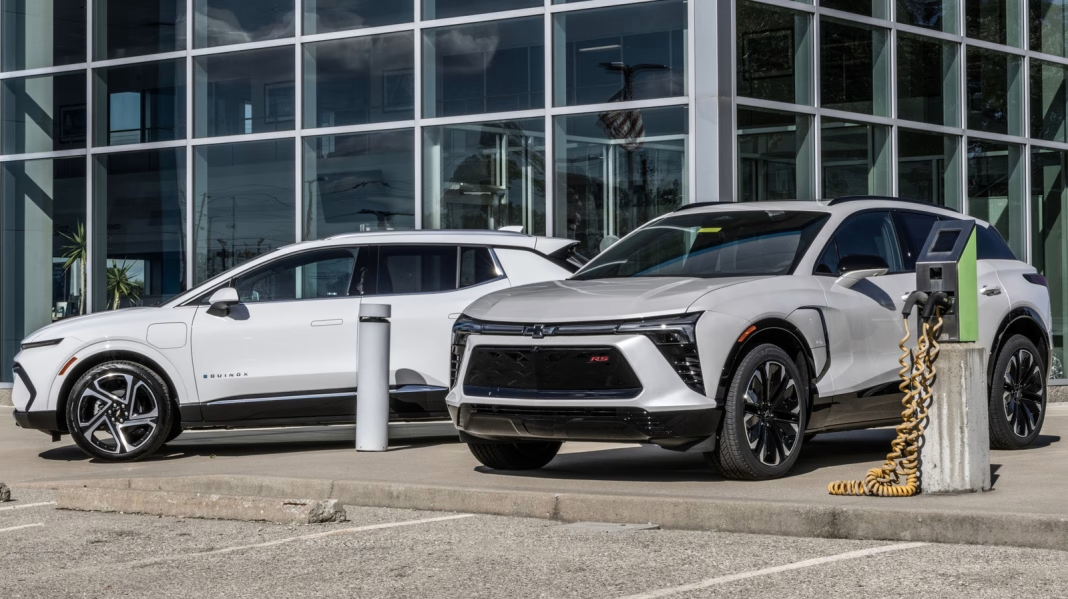Why Are EV Registrations Surging Right Now?
If you’ve noticed more electric vehicles (EVs) on the road lately, you’re not imagining things. Recent data from S&P Global Mobility shows a sharp uptick in EV registrations across the US, and there’s a clear reason behind the rush: the looming expiration of the $7,500 federal EV tax credit for some models. As the deadline approaches, buyers are scrambling to lock in their savings before the rules change.
This isn’t just a blip. In the past quarter, EV registrations jumped by more than 20% compared to the same period last year. Dealerships are reporting a noticeable increase in foot traffic and online inquiries, especially for models that are about to lose eligibility for the full tax credit. For many shoppers, that $7,500 makes the difference between “maybe someday” and “let’s do this now.”
What’s Changing With the Federal EV Tax Credit?
The federal EV tax credit has been a game-changer for electric car adoption in the US. But starting next month, new sourcing requirements for battery components and critical minerals will kick in. The result? Fewer vehicles will qualify for the full $7,500 credit, and some may lose eligibility entirely.
These changes are part of a broader push to encourage automakers to source more materials domestically or from US trade partners. While the long-term goal is to strengthen supply chains and create American jobs, the immediate effect is a mad dash to buy before the cutoff. According to the Alliance for Automotive Innovation, nearly half of the EV models currently on sale could see their tax credits reduced or eliminated under the new rules.
How Are Automakers Responding to the Tax Credit Deadline?
Automakers aren’t just sitting on the sidelines. Many are ramping up marketing efforts, offering additional incentives, and working overtime to deliver vehicles before the deadline. Tesla, Ford, and Hyundai have all reported surges in orders, with some models selling out weeks in advance.
Rivian, a rising star in the EV world, is also making moves. The company finally broke ground on its long-awaited Georgia manufacturing plant, a $5 billion investment that promises to boost production capacity and create thousands of jobs. Rivian’s timing couldn’t be better, as it positions itself to meet growing demand and navigate the shifting tax credit landscape.
What Does Rivian’s New Georgia Plant Mean for the EV Market?
Rivian’s decision to break ground in Georgia is more than just a ribbon-cutting moment. It’s a signal that the company is betting big on the future of American-made EVs. The new facility is expected to produce up to 400,000 vehicles per year once fully operational, making it one of the largest EV plants in the country.
This move also aligns with the new tax credit requirements, which favor vehicles assembled in North America. By investing in US manufacturing, Rivian is setting itself up to remain competitive—and eligible for incentives—even as the rules evolve. Local officials are touting the plant as a win for the regional economy, with thousands of new jobs and a ripple effect for suppliers and service providers.
Are Consumers Worried About Missing Out?
Absolutely. The fear of missing out (FOMO) is real, and it’s driving many buyers to act fast. Social media is buzzing with stories of shoppers racing to place orders, sometimes even settling for their second-choice color or trim just to secure the tax credit. Dealerships are fielding calls from customers asking, “Can I still get the full $7,500 if I sign today?”
Financial advisors are also weighing in, urging clients to double-check eligibility and act quickly if they’re on the fence. For some, the difference in price after the tax credit is enough to tip the scales toward an EV, especially with gas prices still unpredictable.
What Should Potential EV Buyers Do Now?
If you’re considering an EV, now’s the time to do your homework. Check which models still qualify for the full tax credit and confirm delivery timelines with your dealer. Don’t assume every electric car on the lot is eligible—some may lose their credit as soon as the new rules take effect.
It’s also worth looking at state and local incentives, which can stack with the federal credit for even more savings. And keep an eye on automaker promotions; some companies are offering limited-time deals to sweeten the pot before the deadline.
How Will These Changes Shape the Future of Electric Vehicles?
The EV market is at a crossroads. While the tax credit changes may cause a short-term dip in sales for certain models, the long-term outlook remains strong. Automakers are investing billions in US manufacturing, battery technology is improving, and consumer interest is higher than ever.
Experts predict that as supply chains adapt and more vehicles become eligible under the new rules, the market will stabilize—and even accelerate. The International Energy Agency projects that EVs could make up nearly 30% of new car sales in the US by 2030, up from just 8% last year.
The big takeaway? Navigating the EV landscape isn’t about perfection—it’s about smarter adjustments. Start with one change this week, and you’ll likely spot the difference by month’s end.


